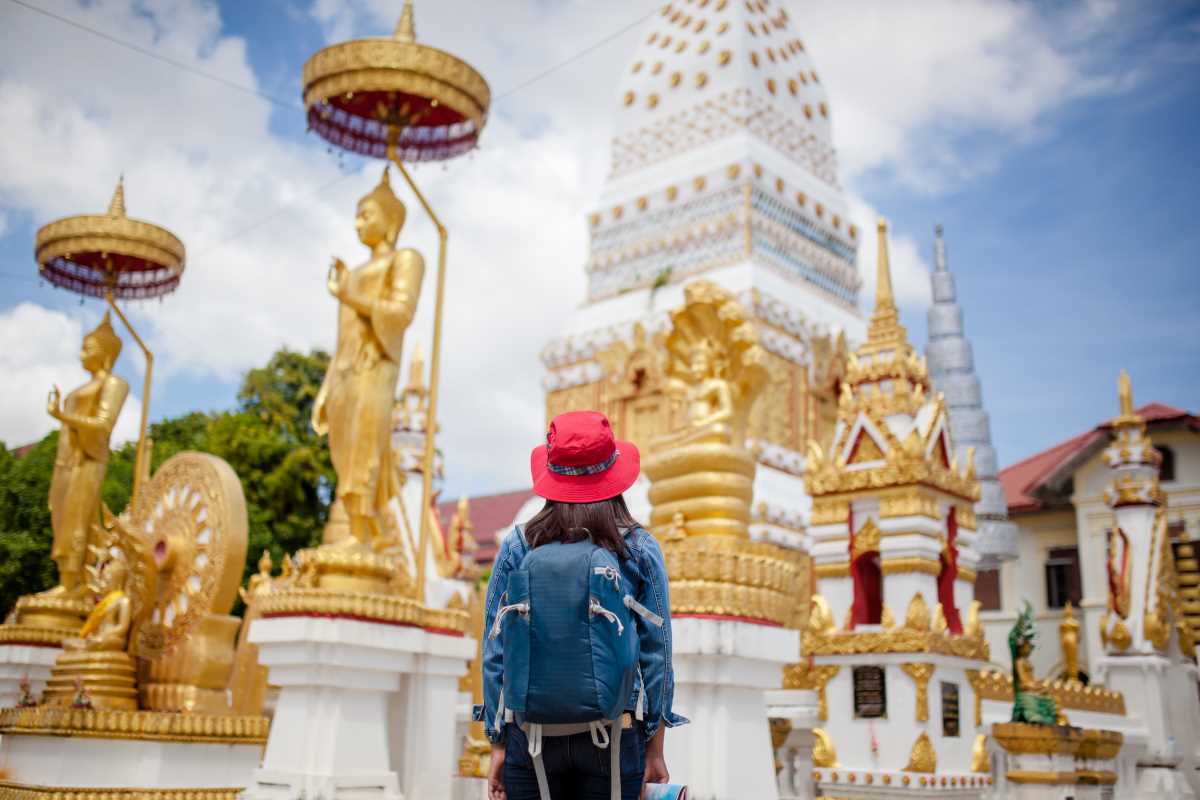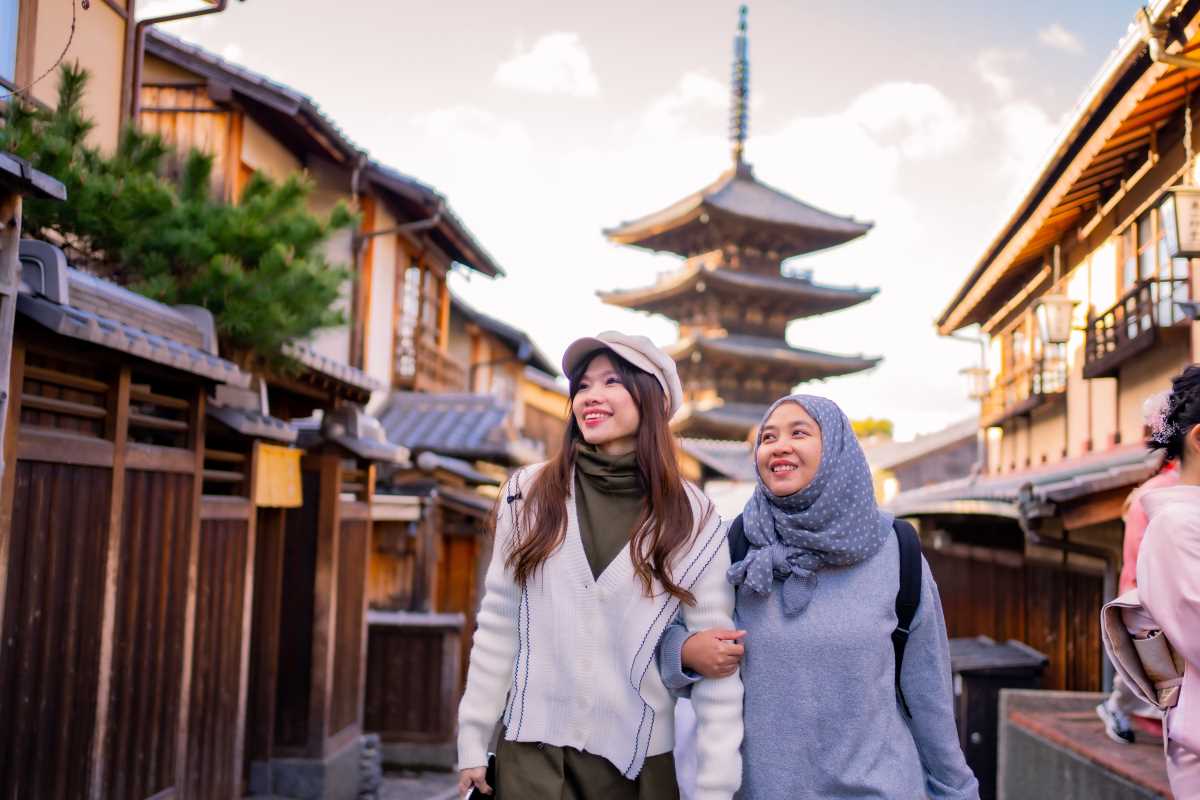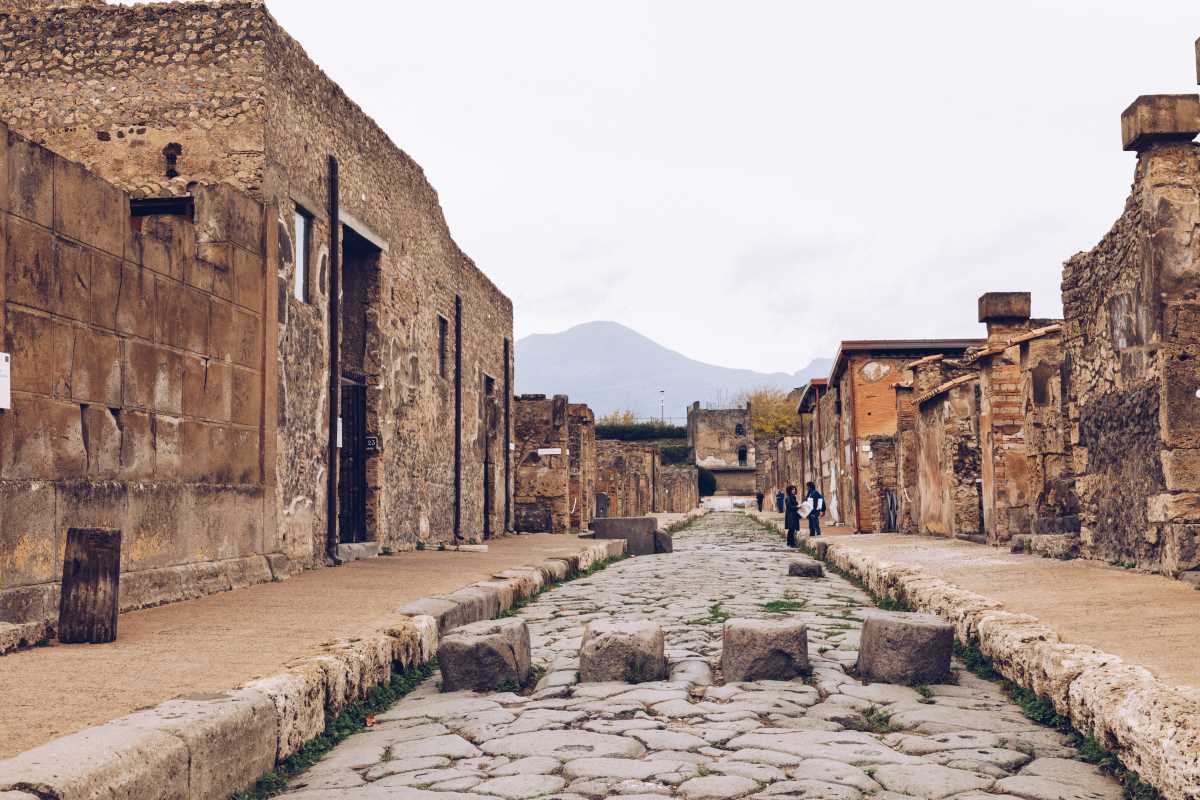Warm sunlight streams through intricately carved wooden arches, illuminating the quiet beauty of a centuries-old sanctuary. As you enter, a gentle hush settles over polished floors, creating an atmosphere that invites deep reflection. The space encourages you to participate respectfully, honoring each gesture and movement. Every folded hand, graceful bow, or softly spoken chant offers a living link to the traditions that have shaped this sacred place. By noticing these details and acknowledging their meaning, you form a genuine connection with the history and culture that surrounds you. This connection naturally starts with a sincere respect for local customs.
Seeing Respect Through a New Lens
- Beyond Footwear Rules – Bare feet as a sign of humility.
- Steps:
- Observe signage outside the entrance.
- Slip off footwear quietly, placing it in designated racks.
- Align shoes neatly—shuffling suggests eagerness, not reverence.
- Face soles away from sacred images to show awareness of the sacred space.
- Steps:
- Tuning Your Silence – Understanding silence across traditions.
- Steps:
- Pause at the entrance and take a deep breath.
- Notice surrounding sounds—chants, robes rustling, footsteps.
- Mirror that rhythm in your own movements.
- Meaning: This mindful quiet signals that you value presence over distraction.
- Steps:
- Embracing Symbolic Attire – Clothing as cultural respect.
- Steps:
- Select scarves or shawls in locally woven patterns.
- Drape according to guidelines—across shoulders or pinned at the back.
- Choose muted tones that harmonize with sacred murals.
- Meaning: Adapting attire demonstrates respect for symbolic meaning within textiles.
Practical Steps for Mindful Participation
- Step One: Observational Entry – Enter with awareness and minimal disruption.
- Steps:
- Pause outside the entry for a full breath.
- Scan for host or attendant cues—nod if invited forward.
- Step inside with the same foot as local worshippers.
- Cost/Availability: Free in most sites; donations in envelopes welcome.
- Insider Tip: Wait until a handbell is finished ringing before proceeding.
- Steps:
- Step Two: Gesture Alignment – Mirror local reverence without offense.
- Steps:
- Watch regular attendees perform gestures slowly.
- Break movements into stages: hand placement, pressure, release.
- Practice quietly at the rear until your flow matches.
- Cost/Metric: Free; allow ~5 minutes of silent practice.
- Insider Tip: Match bow depth—too deep looks theatrical, too shallow indifferent.
- Steps:
- Step Three: Offering Protocol – Express gratitude through accepted tokens.
- Steps:
- Observe what locals bring—flowers, incense, coins.
- Buy similar items at nearby stalls at fair value.
- Place offerings where indicated without disturbing earlier ones.
- Cost/Metric: ~$1–$5 equivalent.
- Insider Tip: Present offerings with both hands to show respect.
- Steps:
- Step Four: Voice Modulation – Blend your tone with the community rhythm.
- Steps:
- Listen to officiants’ tone and pauses.
- Match volume and rhythm for responses.
- Avoid sudden loud or rapid speech.
- Cost/Metric: Free; focus energy on listening.
- Insider Tip: If unsure when to speak, wait for the congregation’s pause.
- Steps:
- Step Five: Exit Courtesy – Conclude without disrupting rituals.
- Steps:
- Wait for signals of closure—chant, lights, or attendant nod.
- Stand quietly, bow lightly, and move toward the exit.
- Put on footwear gently outside.
- Cost/Metric: Free; builds goodwill for future visits.
- Insider Tip: Offer a final nod to elderly worshippers nearby as a sign of respect.
- Steps:
By joining another’s sacred rhythm, you deepen your sense of belonging and connect directly to a living tradition.
 (Image via
(Image via





